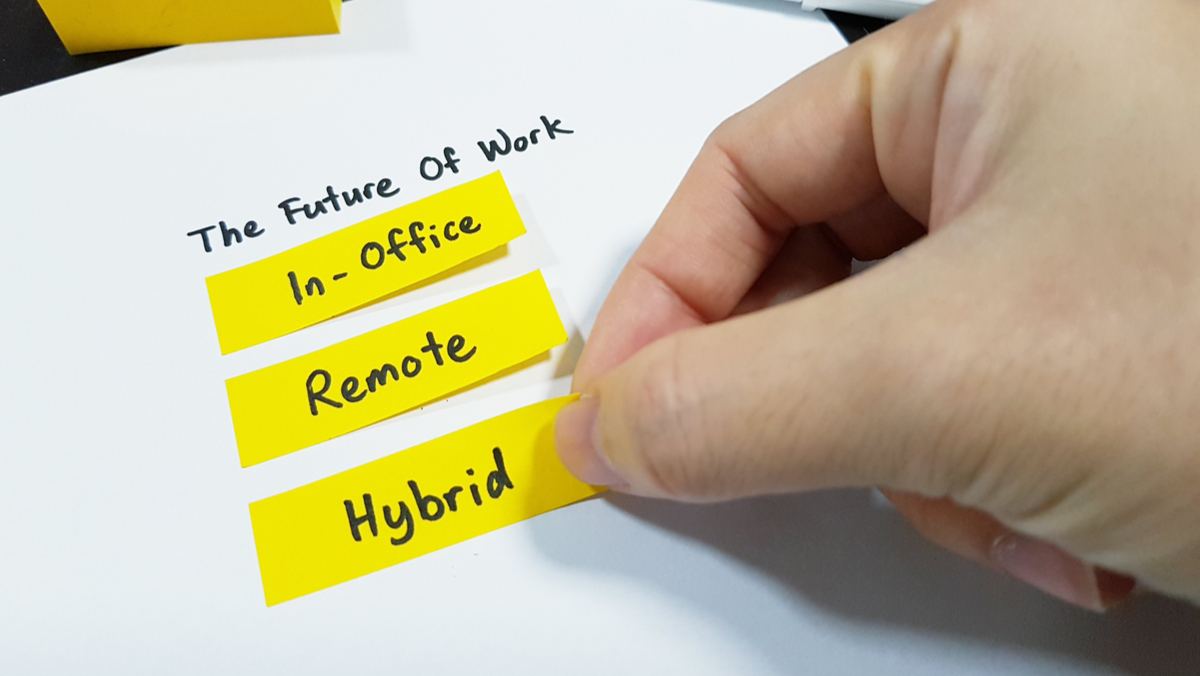Originally posted: UC Today, October 19, 2021
Tamara Prabhakar speaks to UC Today about audio output importance
When communicating ideas and collaborating with other people, the fundamental element we all need is audio.
That may sound like an obvious thing to say. But with the proliferation of video conferencing platforms such as Microsoft Teams, Zoom, WebEx, and Google Meet, the emphasis has been heavily weighted towards seeing participants rather than hearing them.
This is a trend that predates the pandemic, but now that employees are increasingly splitting their time between the office and remote settings, achieving the best audio quality during video calls becomes more important.
According to Tamara Prabhakar, Product Development Analyst at Immersitech, although businesses are moving back towards face-to-face interactions, there will still be a place for these virtual communications, therefore businesses should still be focused on improving audio quality.
“The hybrid model is becoming an increasingly popular way of working as companies and employees are finding a balance based on the benefits of a flexible schedule. While I believe that asynchrony will lead to more written task-based communication, for example, I work 100% remotely and this system works well for our team. Audio and video will continue to be prolific, connecting people across different times and spaces.”
Harsh Critics
Now that everyone has adapted to virtual meetings and the “you’re on mute” interactions have largely gone away, the attention has focused on how to get the most out of the collaboration platforms that are being used.
In the last year, the topic of employee fatigue has been an issue businesses are keen to tackle. One such example is background noise elimination, said Prabhakar, who added that the addition of spatial audio would also improve employee experiences.
“I feel like we’ve become harsher critics of existing platforms and will look for ways to improve the quality of our audio and video.
We already saw a lot of this with emphasis on background noise cancellation and the use of better equipment sets like microphones and headphones. Another change I could see is the need for more dynamic virtual spaces that mirror common workplace communication scenarios, such as Slack’s Huddles.”
Prabhakar continued, “Even beyond just breakout rooms and massive team meetings where every participant is individually located, in more complex scenarios with hybrid work models, more complex sound systems like spatial audio can be really advantageous. For example, when you have two groups of people, an in-person regional meeting, each gathered in a separate space meeting virtually, you will be able to hear each participant individually despite being in the same room, thus having overall greater clarity within the discussion.”
Changing Channel
Prabhakar also said that using different audio outputs can elevate some of the pressures that employees must deal with on a daily basis, adding that spatial audio gives the depth needed to boost engagement and productivity.
“My understanding is that stereo audio is pretty common in a lot of devices nowadays, but different mono and stereo outputs can be used based on the speakers you have and what sound effects you want to create.
“Mono output could be important for reproducing a type of sound for everyone to hear the same way, whereas stereo audio has left and right channel information that can be linked to the left and right speakers. Honestly, the best way I understood the difference and impact on the listener was by listening to different samples that demonstrate the effects with headphones on.
“Many people describe and compare the difference in sound as stereo producing more width dimension and creating the impression of a sound source depending on where the sound is coming from. It’s difficult to describe the experience, but I feel like spatial audio, compared to stereo, allows the listener to hear even more dimensionality – audio coming from above or behind you can allow for sounds to move as you move, which is more realistic.
“Thus abstractly, spatial audio is important for bridging the gap between virtual and physical experiences. But I would say that determining the use and value of the different audio types depends a lot on the type of experience you are looking to create.”
To see the original blog post, visit UC Today.


